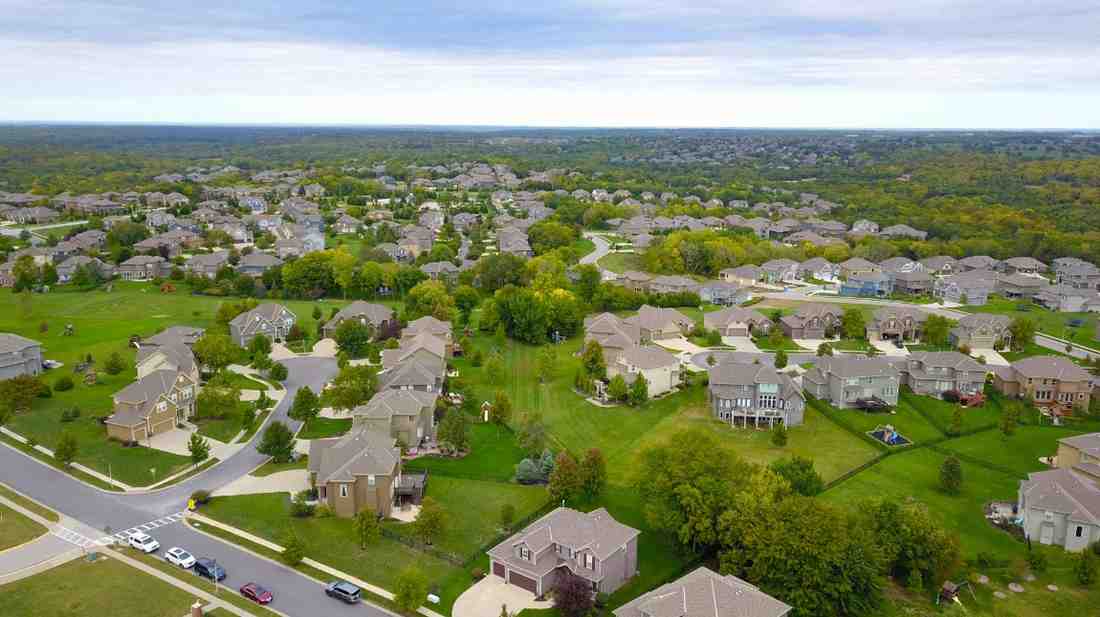Real estate in India has always been more than just bricks and mortar. For many, it represents stability, wealth creation, and future security. Over the past decade, the sector has evolved from a largely unregulated and fragmented market to a more organized and transparent industry. This transformation has been shaped by regulatory reforms, economic growth, and the rising aspirations of a younger, urban population.
With rapid urbanization, infrastructural advancements, and increased digital integration, the Indian real estate market continues to offer promising opportunities across residential, commercial, and industrial segments.
Residential Real Estate: From Aspiration to Necessity
Owning a home in India has traditionally been an emotional and financial milestone. In recent years, this aspiration has been reinforced by changing lifestyles, remote working trends, and a focus on wellness and community living.
Post-2020, there has been a noticeable shift in buyer behavior. Consumers are now prioritizing larger homes, better amenities, and locations that offer both convenience and quality of life. Projects with open spaces, high-quality construction, and facilities like gyms, parks, and co-working spaces are in high demand.
The affordable and mid-income housing segments continue to drive a significant portion of residential demand, especially in metro outskirts and tier 2 cities. At the same time, luxury and premium developments have gained momentum among high-net-worth individuals and NRIs seeking lifestyle upgrades or investment diversification.
Developers are responding to these trends by focusing on timely delivery, customer-centric design, and better after-sales service.
Commercial Spaces: Reinventing Workplaces
India’s commercial real estate landscape is undergoing a reconfiguration. Traditional office spaces are adapting to newer formats as businesses embrace hybrid and flexible work models. Co-working and managed office spaces are seeing significant growth, particularly in tech hubs like Bengaluru, Hyderabad, and Pune.
Enterprises are looking for efficient layouts, wellness-focused designs, and smart infrastructure to attract and retain talent. This has created demand for Grade A office spaces that are energy-efficient, tech-enabled, and located in well-connected business corridors.
Despite the global economic uncertainty, the Indian commercial office market remains attractive due to its competitive costs, robust talent pool, and favorable demographics. Foreign institutional investors continue to show strong interest in India’s commercial real estate segment, further boosting confidence in the sector.
Infrastructure Driving Real Estate Growth
Infrastructure development plays a pivotal role in the growth of real estate across India. New highways, metro rail networks, expressways, and airports significantly enhance the appeal of emerging localities and suburban regions.
Areas that were once considered far-flung or underdeveloped are now turning into real estate hotspots. Improved connectivity reduces travel time, increases accessibility, and boosts property values, making infrastructure projects a key driver of both residential and commercial expansion.
Projects like the Delhi-Mumbai Industrial Corridor, Mumbai Trans Harbour Link, Bengaluru suburban rail, and various regional ring roads are opening up new corridors for real estate development.
Rise of Tier 2 and Tier 3 Cities
While metros continue to dominate in terms of volume and value, tier 2 and tier 3 cities are rapidly catching up. Cities such as Indore, Kochi, Bhubaneswar, and Nashik are witnessing increased real estate activity due to rising local demand, infrastructure upgrades, and shifting migration trends.
The cost advantage, growing employment opportunities, and enhanced quality of life are attracting both end-users and investors to these smaller cities. Developers are also expanding into these regions to tap into new customer bases and balance the saturation in larger urban markets.
A Sustainable and Tech-Driven Future
Sustainability is increasingly becoming a central theme in Indian real estate. Green buildings, water conservation, energy-efficient appliances, and eco-friendly construction practices are gaining traction. Certifications such as IGBC and GRIHA are now being adopted by responsible developers who recognize the long-term value of environmentally conscious construction.
In parallel, the integration of technology—from virtual site tours to AI-powered customer service—is making the property buying process more transparent and efficient.
Conclusion
India’s real estate market is positioned for long-term, stable growth. With an improving regulatory framework, expanding urban centers, and increased investor participation, the sector presents significant opportunities for buyers, developers, and stakeholders.
As the industry continues to mature, the focus will remain on quality, trust, and value creation—making Indian real estate a cornerstone of the country’s economic progress and individual financial planning.
Important Links
Top Home Staging Tips to Sell Your House Faster
Trump World Center Project Details
What Is a Real Estate Investment Trust
Difference Between Residential and Commercial Real Estate: A Complete Guide
Trump World Center Developer Pune
Trump World Center Project Details Pune
Trump World Center Site Plan Pune
Trump World Center Developer Pune
Trump World Center Project Details Pune
Trump World Center Site Plan Pune
Trump World Center Kalyani Nagar
Trump World Center Floor Plans






